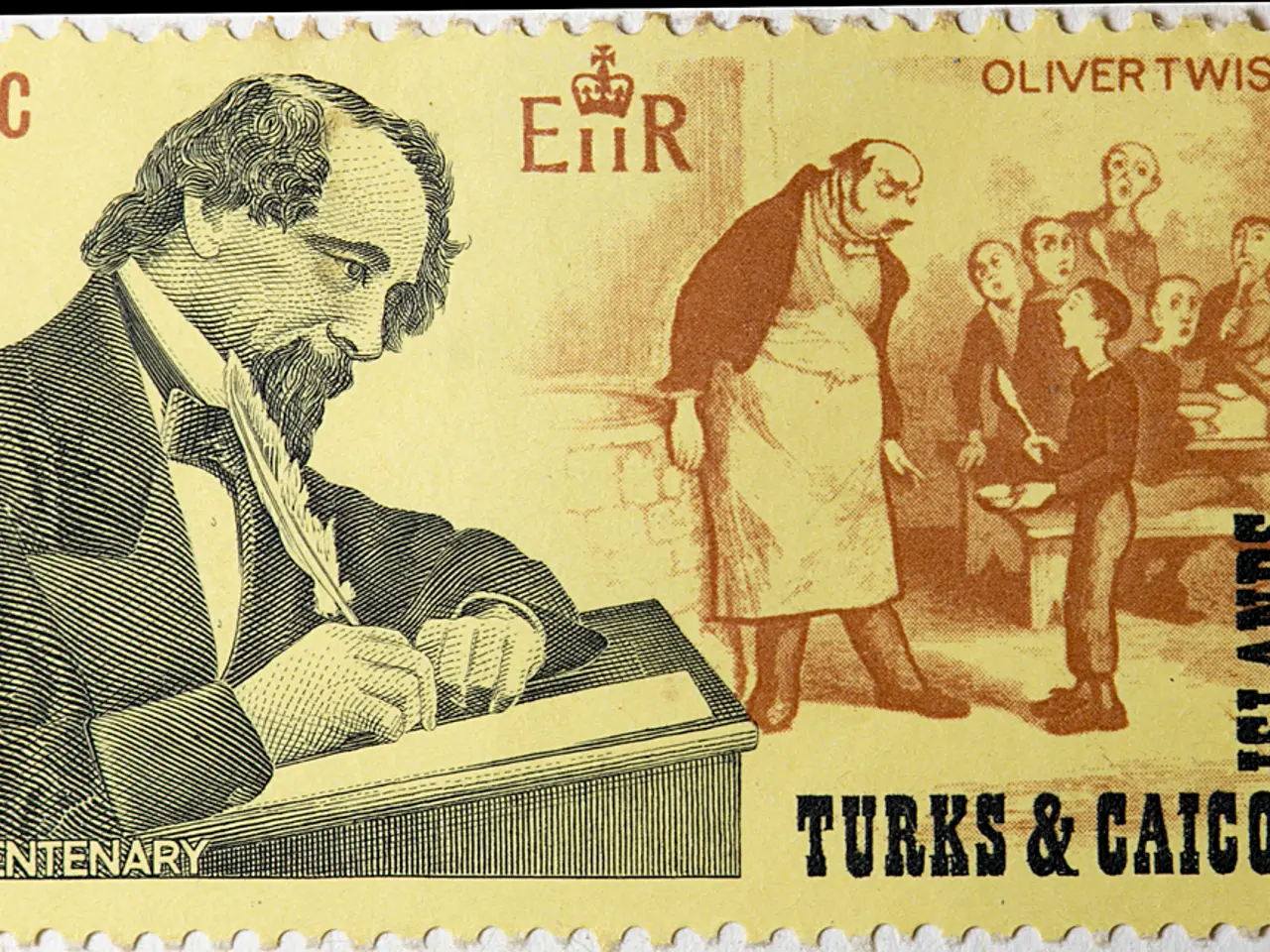Postal Service Deficit Expands to $3.1 Billion Amidst Increasing Inflation Pressure
U.S. Postal Service Struggles with Widening Losses but Pursues Modernization
The U.S. Postal Service (USPS) is grappling with significant financial losses, as evidenced by the controllable loss of $1.6 billion for the fiscal third quarter of 2025, a 522 million dollar increase compared to the same quarter in 2024[1][2][3]. This loss has also translated into a net loss of $3.1 billion, up from $2.5 billion the previous year.
Total operating revenue remained relatively stable at $18.8 billion, but declines in First-Class Mail and Marketing Mail revenues were partially offset by a slight increase in shipping and packages revenue[2][3]. The increased losses are primarily due to unfavorable non-cash workers’ compensation adjustments of $237 million, increased compensation and benefits expenses, and higher operating expenses[1].
In terms of volume, USPS experienced an overall decline of 2.8% in total mail and package volume, with First-Class Mail volume down 5.4% and Shipping and Packages volume down 6.5%[2][3].
Despite these challenges, the Postal Service is actively pursuing strategies to improve its financial health. The 10-year transformation plan called Delivering for America aims to modernize operations, improve efficiency, and competitive positioning, aligning USPS more closely with private sector logistics practices[4].
Postmaster General David Steiner emphasized the need for USPS to evolve amid a changing business environment to restore financial strength, focusing on growing revenue and cutting costs as the primary path to long-term financial health[1][4]. Other strategies include prioritizing operational efficiencies, driving revenue growth through enhanced customer service, reinvesting revenue gains into the organization and workforce, and addressing systemic financial imbalances impeding the Postal Service from operating more nimbly and profitably[4].
Notable improvements include a 39.6% increase in Ground Advantage volume and a 31% increase in revenue to $4.1 billion[1]. First-class mail performance also improved during the third quarter, with 90.6% of all first-class mail delivered on time[1].
The Postal Service's financial struggles have prompted calls for action from various quarters. Amber McReynolds, chair of the board of governors, urged policymakers to address systemic financial imbalances, while Keep US Posted, an advocacy group, stated that the Postal Service's losses demonstrate the need for the new Postmaster General David Steiner to abandon the "tax and spend" strategy and make meaningful changes[1].
In an effort to strengthen the board of governors, Roman Martinez has urged President Donald Trump to nominate more individuals to serve, as the board currently has five members and four vacancies[1]. Trump has responded by nominating waste and recycling executive Anthony Lomangino to serve on the Postal Service board[1].
The Postal Service has also made efforts to control costs. Transportation expenses for the quarter remained flat, while decreasing 6.6% during the nine months ended June 30, due to the benefits of the transformation plan[1]. Air transportation expenses decreased 13.5% and 20% for the three and nine months ended June 30, primarily due to lower service standards and lower jet fuel prices[1].
To address the declining volumes in First-Class Mail and Marketing Mail, the Postal Service raised prices for stamps and packages by about 7% in mid-July[1]. Despite these efforts, mail volumes representing first-class mail and marketing mail have declined 49% between 2007 and last September[1].
In conclusion, while the U.S. Postal Service continues to face sizable financial challenges and rising losses, it is actively pursuing modernization, operational efficiency, competitive pricing, and improved service as foundational pillars to return to financial sustainability.
[1] U.S. Postal Service, Form 10-Q for the Quarter Ended June 30, 2025. [2] U.S. Postal Service, Press Release, "USPS Reports Third Quarter Results," August 12, 2025. [3] U.S. Postal Service, Fiscal Year 2025 Third Quarter Financial Results Presentation, August 12, 2025. [4] U.S. Postal Service, Delivering for America, 2025.
- In an attempt to boost its financial health, the U.S. Postal Service is intent on incorporating modern technology to streamline operations and position itself more competitively in the air cargo industry, which is a significant sector in finance and business.
- To complement its strategy of restoring financial strength, the Postal Service aims to capitalize on the advancements in technology within the logistics industry, particularly in the realm of shipping and packages, to drive revenue growth and operational efficiencies.




